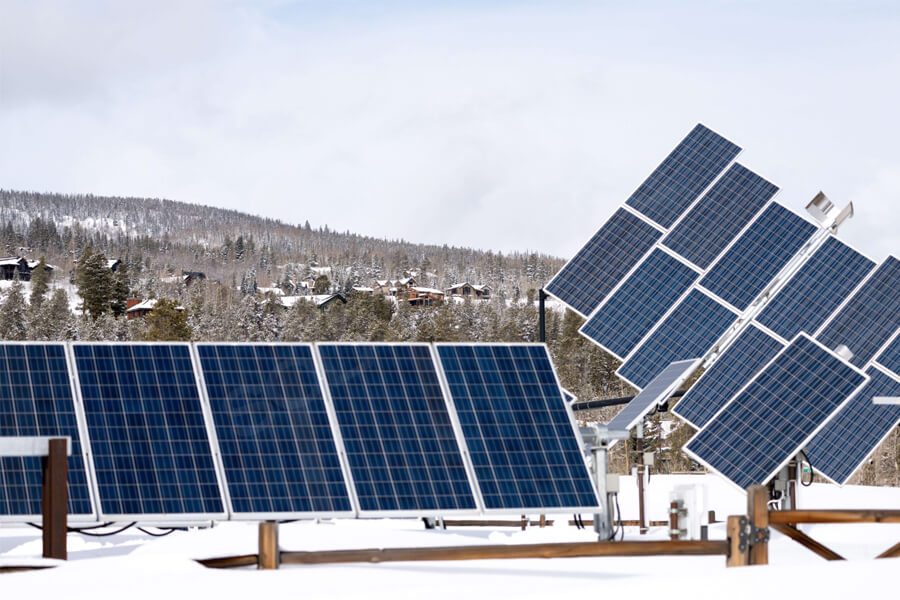#4. Rising Electricity Costs
With the rise in electricity costs, solar energy as an alternative energy source has become more attractive. It is a clean and renewable energy source, so it does not have as drastic price fluctuations as fossil fuels.
The increase in electricity costs may lead to increased government support for solar energy. Governments around the world view solar energy as a way to reduce dependence on imported fossil fuels and lower carbon emissions.
#5. Community Solar Energy
Community solar energy allows people living in households without suitable roofs to participate in solar energy. Larger solar cell arrays are installed in nearby roofs, fields, gardens, or other suitable spaces. Nearby residents can subscribe to the solar energy project. These subscribers can receive electricity credits through the solar energy generated by the project.
Community solar energy can reduce solar energy costs by sharing the cost of installing and maintaining solar panels among more people, making solar energy more affordable for everyone. It can also help create employment opportunities by creating a demand for solar installers, project developers, and other solar professionals.
Solar energy connections are increasingly occurring in individuals, households, businesses, and the entire power grid. These connectivity measures integrate solar energy into the grid and allow for the sharing of solar energy among different users.
#6. The Rise of Solar Energy in the Scale of Public Utilities
Solar energy in the scale of public utilities is more cost-effective than traditional energy sources such as fossil fuels. This is due to the decrease in the cost of solar panels and the continuous increase in government incentives. Unlike coal, utility scale solar energy reduces emissions by providing clean and renewable energy.
Utility scale solar energy helps improve grid reliability as it provides stable energy that is not affected by the same fluctuations as fossil fuels, especially when used in conjunction with utility scale solar storage (solar cells).
It can create employment opportunities by constructing and operating solar projects on a utility scale.
#7. Increase in employment opportunities and market share
In 2021, the solar energy industry in the United States added 100000 new jobs, surpassing all other industries in job creation. The industry currently employs over 255000 individuals from over 10000 companies and operates in every state across the country.
The industry has made a significant contribution to the US economy, with private investment in solar energy expected to reach nearly $33 billion in 2021.





